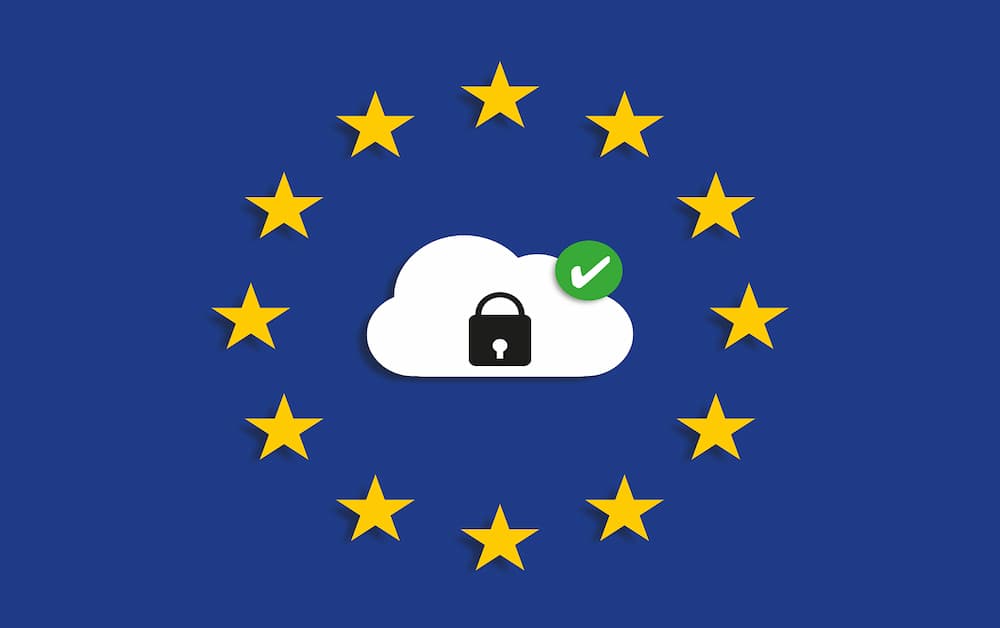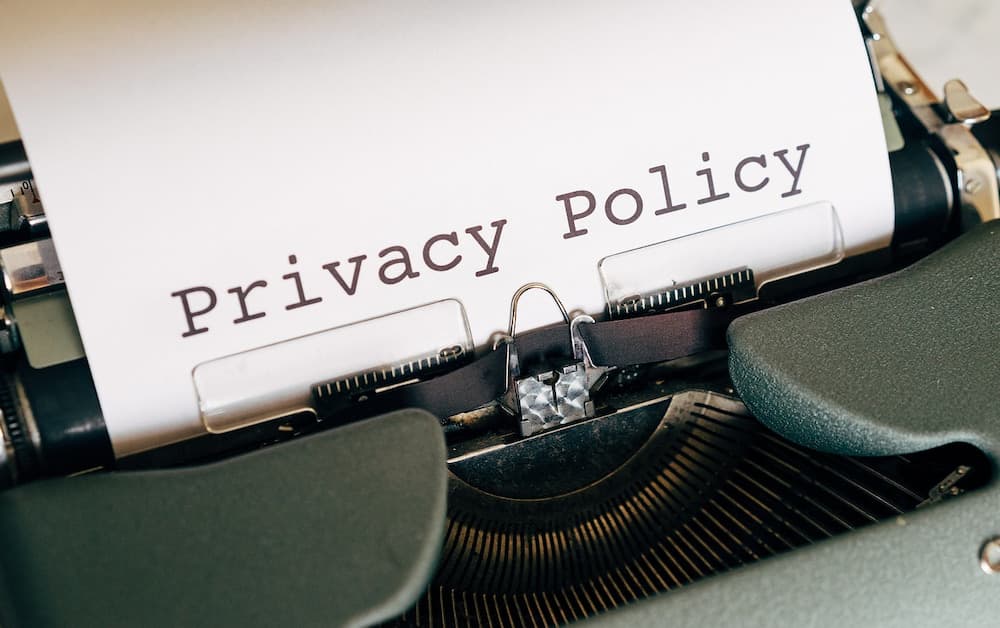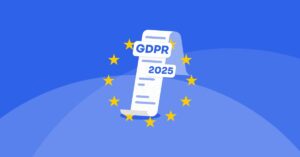Introduction
Personally Identifiable Information (PII) refers to any information that can identify an individual, either alone or when combined with other data. Examples of PII include an individual’s name, birth date, social security number, email address, phone number, physical address, and biometric data.
Given the sensitive nature of this data, it is crucial to take appropriate measures to ensure that it remains confidential and secure. This may include implementing strong passwords, encryption, and other security measures and limiting access to the data to only those who need it. Legal protections for PII vary depending on the jurisdiction, but many countries have laws to safeguard individuals’ personal information.
To handle PII properly, following best practices such as regularly reviewing and updating privacy policies, training employees on data handling practices, and conducting regular security audits is important. Overall, understanding PII security and its complexities is essential in today’s world to ensure that sensitive data remains confidential and secure.
Understanding PII terminology
PII, or Personally Identifiable Information, is a term that encompasses any information that can be used to identify a specific individual. This information may include both direct and indirect identifiers. Direct identifiers, such as names, social security numbers, or driver’s license numbers, are information directly pointing to an individual or identifiable natural person. These identifiers are considered to be high-risk because they provide an easy way for someone to gain access to a person’s sensitive information. In contrast, indirect identifiers, such as IP addresses, device IDs, or location data, require additional information to ascertain an individual’s identity.
These identifiers are considered lower-risk because they are less specific and require multiple sources of information to be useful. However, it’s important to recognize that even indirect identifiers can identify a person when combined with other pieces of information. Understanding the differences between direct and indirect identifiers and their relative risks is crucial for effective data management and protection. By properly managing and protecting PII, individuals and organizations can reduce the risk of identity theft, fraud, and other harmful outcomes.
Indirect identifiers
Indirect identifiers are pieces of information that may not directly reveal a person’s identity but can be combined with other data to uncover sensitive information. Such data points are crucial in data analytics and marketing as they help businesses better understand their customers and target them with personalized content and offers.
However, it’s important to note that even seemingly innocuous indirect identifiers can reveal personal preferences or habits when combined with other data. For instance, combining location data with browsing history can reveal much about a person’s lifestyle or interests. Therefore, businesses must protect all types of data, including indirect identifiers, to maintain the privacy and security of their customers.

Non-sensitive PII
Non-sensitive personally identifiable information (PII) refers to data that, on its own, poses minimal risk to individuals if exposed. Examples of non-sensitive PII include email addresses or zip codes. However, it’s important to note that even this kind of information can become a privacy concern when combined with other data or aggregated. Therefore, safeguarding non-sensitive PII is crucial to prevent misuse or unauthorized access. While non-sensitive PII may not reveal personal information such as social security numbers or financial data, it can still be used to build a profile about an individual.
For instance, combining email addresses with social media activity or browsing history can provide insights into someone’s interests, preferences, and behaviors. This information can then be used for targeted advertising or even identity theft. Therefore, it’s essential to protect non-sensitive PII, such as encrypting data, implementing access controls, and ensuring proper data disposal when no longer needed. Organizations that handle non-sensitive PII should also have clear policies and procedures to safeguard this information and prevent misuse.
Sensitive PII
Sensitive Personally Identifiable Information (PII) refers to any data that can be used to identify a specific person and requires protection from unauthorized access or disclosure. This type of sensitive personal information includes but is not limited to social security numbers, medical records, biometric information, and financial data. The exposure of sensitive PII can lead to identity theft, financial fraud, or other serious consequences for individuals, such as reputational damage or legal liabilities. Therefore, it is essential to implement robust security measures and compliance frameworks to safeguard this highly sensitive data.
These measures may include encryption, access controls, monitoring systems, and employee training programs to ensure all data handling procedures align with legal and other regulatory guidelines and requirements. By taking these steps, organizations can protect their customers’ privacy and maintain their trust while avoiding the potentially severe consequences of a data breach.
What laws protect PII?
Protecting Personally Identifiable Information (PII) has become a critical concern for individuals, businesses, and governments. To address this concern, various laws and regulations have been enacted worldwide, such as the General Data Protection Regulation (GDPR) and California Consumer Privacy Act (CCPA), to govern the handling of PII. These regulations set forth strict guidelines for data handling, consent mechanisms, breach notifications, and penalties for non-compliance. For instance, GDPR requires businesses to obtain explicit user consent before collecting and processing their PII and imposes significant fines for non-compliance. Similarly, CCPA gives Californians the right to know what personal data companies collect about them and to opt-out of the sale of their data.
In addition to these general regulations, industry-specific laws, such as the Health Insurance Portability and Accountability Act (HIPAA), govern handling PII in healthcare settings. HIPAA outlines stringent patient data privacy and security requirements, including implementing physical, technical, and administrative safeguards for protected health information (PHI). Non-compliance with HIPAA can result in severe penalties, including fines and criminal charges. Overall, these laws and regulations play a crucial role in safeguarding the privacy and security of PII, and individuals and businesses need to comply with them to avoid legal and reputational harm.

Safeguarding Personally Identifiable Information (PII)
Protecting personally identifiable information (PII) is crucial. A comprehensive approach that combines various technical safeguards, such as encryption and access controls, is necessary to protect sensitive data. Additionally, employee training is essential, as it helps promote awareness and best practices for information security.
Regular audits and risk assessments are critical in identifying potential vulnerabilities and ensuring compliance with data protection regulations like the General Data Protection Regulation (GDPR) and the California Consumer Privacy Act (CCPA). These assessments help identify areas that require improvement and enable organizations to implement appropriate measures to mitigate potential risks and safeguard PII. In summary, a multi-faceted approach is necessary to protect PII effectively.
Top threats that put PII at risk
The security of personally identifiable information (PII) is constantly at risk due to many threats. Cybercriminals employ various tactics to access sensitive data, including data breaches, malware attacks, insider threats, and social engineering techniques. These attackers are continuously evolving their methods, making it increasingly challenging for organizations to keep up and safeguard their data.
As such, organizations must remain vigilant and implement proactive security measures to mitigate these risks. Incident response plans must also be implemented to ensure swift and effective action in case of a breach or attack. Ultimately, a comprehensive approach to cybersecurity is critical to safeguarding PII and protecting against potential threats.
Common challenges to protecting PII
Despite advancements in cybersecurity, several challenges remain in protecting personally identifiable information (PII). These include the complexity of data ecosystems, inadequate resources, evolving regulatory landscapes, and the increasing volume of data generated daily. A holistic approach that combines technology, policy, and education is needed to overcome these challenges.
This approach involves investing in advanced cybersecurity technologies, implementing effective policies and procedures, and educating employees on identifying and mitigating potential data breaches. By adopting this approach, organizations can ensure that they are better equipped to protect PII and minimize the risk of data breaches. Protecting PII is not just a legal requirement but also a moral obligation that organizations owe to their customers and stakeholders.
Data discovery policies
One of the first steps toward ensuring the privacy and security of personal data within an organization is to implement data discovery policies. These policies help identify and classify Personally Identifiable Information (PII) in an organization’s data landscape.
This process involves a comprehensive assessment of data flows within the organization, categorizing the information based on its sensitivity, and implementing suitable controls to ensure proper handling, protection, and disposal. By implementing these policies, organizations can ensure compliance with various data privacy regulations and reduce the risk of data breaches or unauthorized access to sensitive information.

Data access governance policies
Effective data access governance policies are essential for safeguarding sensitive data within an organization. These policies determine who can access personally identifiable information (PII) and under what circumstances. Role-based access controls, encryption, and monitoring mechanisms are key to enforcing these policies.
Role-based access controls ensure that only authorized personnel can access sensitive data. Encryption helps to protect data from unauthorized access by making it unreadable to anyone without the appropriate decryption key. Monitoring mechanisms enable organizations to track data access and usage, critical for identifying potential security threats or data breaches.
By implementing these policies and mechanisms, organizations can ensure that sensitive data is accessed only by authorized personnel and in compliance with relevant regulations. This helps prevent data breaches and misuse of data leaks and promotes greater transparency and accountability in data management practices.
Data breach analysis policies
In the unfortunate event of a data breach, organizations must have strong and well-defined analysis policies to investigate the incident thoroughly. The investigation should encompass identifying the source of the breach, the scope of the impact, and the potential ramifications. A comprehensive assessment of the breach’s impact is crucial to determine the sensitivity and confidentiality of the information compromised. Once the scope and sensitivity of the breach are identified, organizations must take immediate action to mitigate further damage. This includes securing the affected systems, containing the breach, and preventing further access.
Prompt detection and response are critical to minimizing the consequences of a breach and maintaining trust with stakeholders. Organizations should have a clear and effective communication plan to keep all stakeholders informed about the breach and the steps taken to address it. This includes notifying affected individuals and regulatory authorities, as appropriate. Finally, organizations should conduct a post-breach review to identify gaps in their security posture and take steps to improve it.
Data compliance policies
Organizations must comply with various data protection laws and regulations to protect personal information and safeguard individuals’ privacy. This entails ongoing monitoring, documentation, and adherence to established policies and procedures. To ensure compliance with regulatory bodies, organizations need to implement regular audits, training programs, and internal controls that effectively address the risks associated with data protection.
These measures enable organizations to identify potential gaps and vulnerabilities and take appropriate actions to mitigate them. Organizations can avoid costly penalties or reputational damage by staying compliant and maintaining their customers’ and stakeholders’ trust and confidence.

Why collecting data is necessary – and dangerous
Data collection has become an integral part of modern organizations. By gathering and analyzing vast amounts of data, organizations can make informed decisions, enhance customer experiences, and drive innovation. They can identify patterns and trends, gain insights into customer behavior, and develop personalized marketing strategies. However, accumulating personally identifiable information (PII) also poses significant risks. It exposes individuals to privacy violations, security breaches, and regulatory non-compliance.
Data breaches can result in the loss of sensitive information, such as credit card details, social security numbers, and medical records, leading to identity theft or fraud. Moreover, data breaches can also result in reputational damage to organizations, leading to loss of business and legal action. Therefore, balancing the benefits of data collection with the need to protect an individual’s privacy is a delicate yet crucial endeavor.
PII vs. Personal data
In data protection, it’s important to differentiate between two key concepts: PII and personal data. PII stands for personally identifiable information, which refers to any data that can be used to directly or indirectly identify an individual. This includes information such as a person’s name, address, phone number, email address, social security number, and more.
On the other hand, personal data has a broader definition and encompasses any information related to an identifiable person. This can include PII and other data points such as a person’s date of birth, gender, race, nationality, occupation, health information, and more. In other words, personal data is any information that can be used to identify a specific individual, regardless of whether it is considered PII.
Understanding the distinction between PII and personal data is crucial for compliance with data protection laws and implementing appropriate data security and measures. By identifying what types of data fall into each category, businesses and organizations can take steps to protect sensitive information, prevent data breaches, and safeguard the privacy of their users and customers.
Conclusion
Protecting PII data is crucial for safeguarding individuals’ privacy and maintaining trust. The complexity of PII data underscores the importance of robust safeguards, diligent compliance efforts, and continuous vigilance by organizations. Organizations must prioritize PII protection to mitigate the risks associated with data breaches and regulatory non-compliance.
Data privacy is evolving, and organizations must stay current with the latest security threats and regulatory requirements. Continuous vigilance is key to protecting PII data and mitigating the risks associated with data breaches and regulatory non-compliance. Organizations can confidently navigate the complex data privacy landscape by understanding the intricacies of PII data and implementing appropriate security measures.




